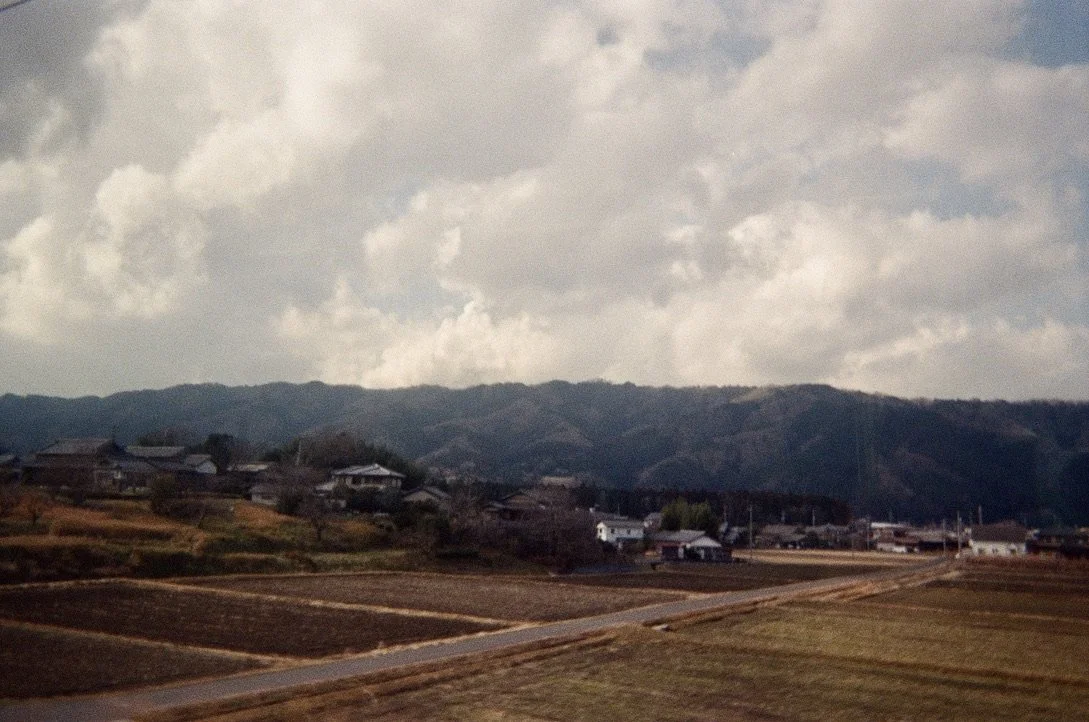The Way of Matcha
From seed to cup, every stage of matcha’s creation is an act of devotion and reverence.
We work closely with our production partners in Japan to not only bring you the best matcha available, but also to build a brand that honors and reflects the cultivation methods that make this matcha so special.
Matcha Freak strives to share with its drinkers the tradition, culture, and care that go into every gram of tea we sell.
We work with a single production house located in Ise, which has been run by the same family since 1945. The relationships and comprehensive network of farmers that use this production house span generations, and it shows. Matcha, with its excellent depth of flavor, is something that cannot be rushed or faked.
Ise Bay is nestled on the southern central coast of Japan, and the tea produced here is a reflection of the environment and intentionality of its farmers. Tea production in Mie Prefecture, the home of Ise, started at the end of the 9th century and the traditions of dedication and love for these plants have led to a quality of product that is incomparable.
-
Umi うみ
Umi matcha is our highest-grade matcha, made with first-flush leaves. This supreme-grade matcha is the perfect embodiment of the time, place, and people from which it originates.
It tastes of the freshness of the sea with a depth of umami that is pure without any harsh tannin. It is naturally milky and will barely need anything else to make the drinking experience complete.Tasting Notes:
fresh pea shoot, raw pecan, milky ocean umami

-
Sogen そうげん
Sogen is an exceptional blend of both first and second flush leaves that tastes of the meadows that surround the tea fields. The natural honeysuckle sweetness makes this matcha chugabble. It has a lively green flavor that makes you dream of spring.
Tasting Notes:
meadow flowers, lemongrass, fresh cream

-
Kaigan かいがん
Kaigan is our go-to everyday matcha. It is extremely palatable and pairs well with any latte or matcha soda. Our first matcha that we started importing from Ise, it is the magic matcha that got thousands addicted to matcha freak.
A blend of first, second, and autumn flush leaves; this matcha is very lively. It has slight acid and tannin that are balanced out by natural sweetness.
Tasting Notes:
key lime zest, sweet cucumber vine, nori

What contributes to the variations in the different grades of matcha?
-
Tea leaves harvested earlier in the season, right after winter, have a higher concentration of nutrients gained from the soil. These minerals contribute to a more flavorful and dynamic tea leaf. It’s where we get the natural sweetness and umami with less tannin. The tannin can be the more bitter flavor found in harvests later on in the season.
-
Higher-grade leaves are shaded for a longer period, which leads to increased chlorophyll production, higher caffeine levels, l-theanine, and natural sugars being extracted from the soil. All of these factors contribute to a brighter, more flavorful leaf.
-
Higher-grade matcha has a finer ground powder, resulting in a pure, velvety sip and minimal clumping.
Matcha Freak Glossary
-

First Flush いちばんちゃ
First Harvest — The earliest picking of spring tea leaves, typically from March to May. After winter dormancy, the plant’s stored nutrients create a tea celebrated for its bright, delicate flavor and floral aroma.
-

Second Flush にばんちゃ
Second Harvest — The next round of picking in late spring to early summer. These leaves yield a fuller-bodied, richer tea with a deeper, more robust flavor than the first flush.
-

Autumnal Flush あきばんちゃ
Autumn Harvest — A later harvest in autumn that develops a warm, mellow taste with notes of roasted nuts and a gentle sweetness, reflecting the season’s slower growth.
-

Tencha てんちゃ
The tea leaves before they become matcha.
Grown in shade for several weeks to deepen flavor and color, then steamed and dried. Tencha is the quiet transformation — still leaf, yet almost light. -

Theanine テアニン
Amino Acid in Tea — A naturally occurring amino acid in tea leaves that contributes to sweetness and umami. When tea plants are shaded, more theanine is preserved, creating a smooth, savory depth and calming effect in matcha.

